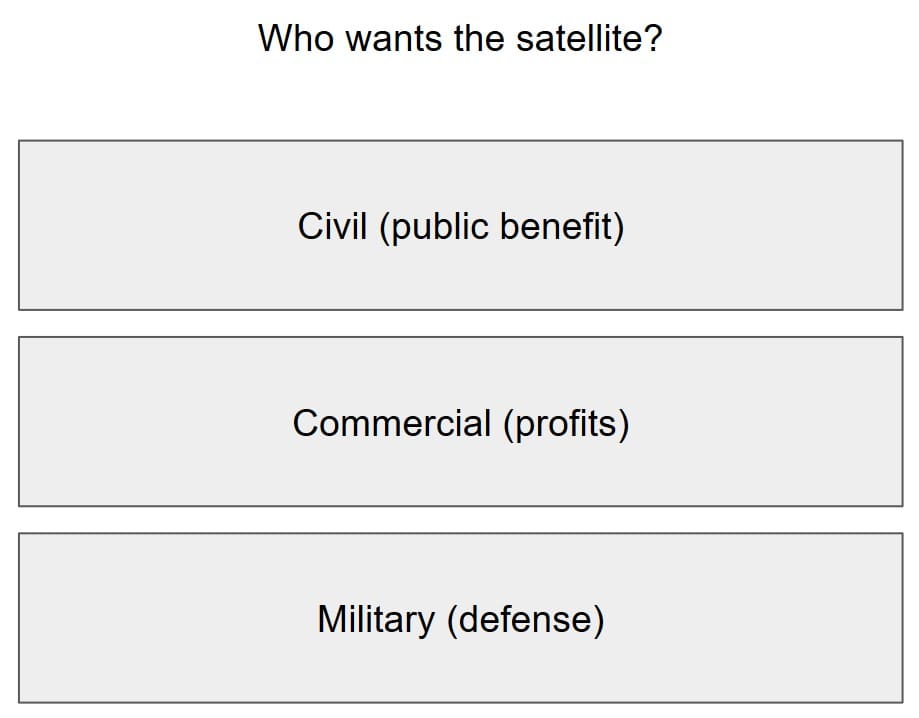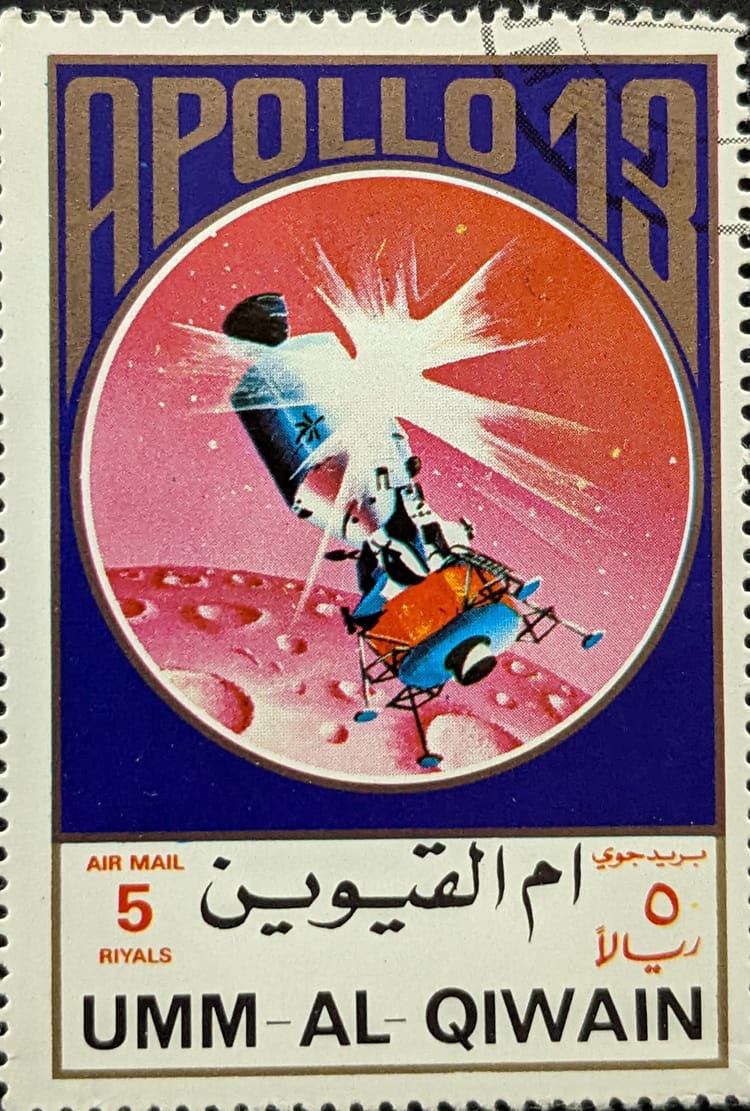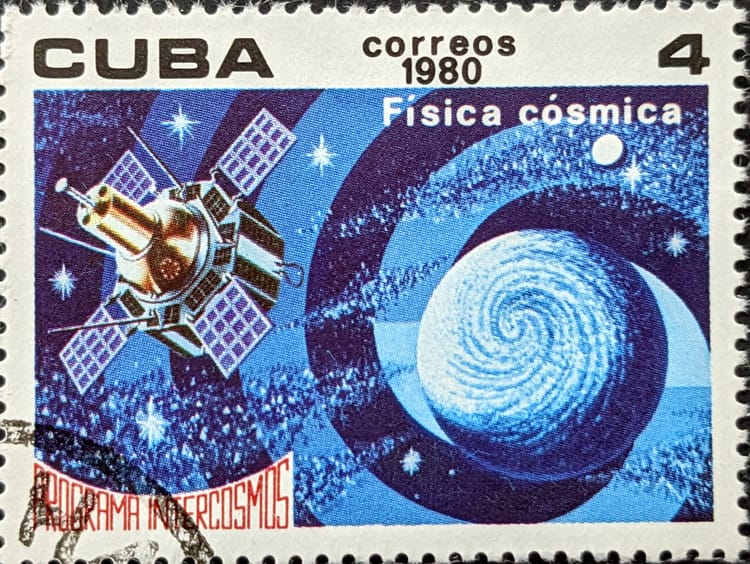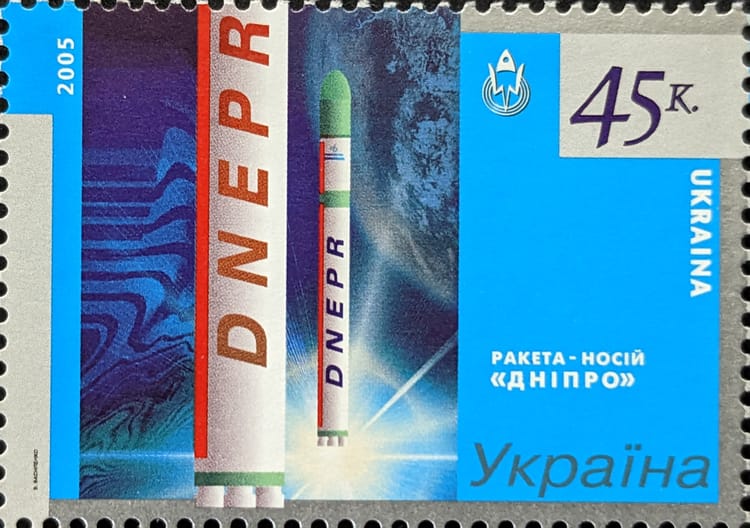For Sale: One SmallSat Rocket

Rocket Auction
Around the beginning of this month, a Chinese “commercial” launch company, Expace, put up one of its rockets for auction on the Chinese site, TaoBao. The auction was live-streamed, with the Kuaizhou (KZ-1A) rocket eventually selling for ~$5.6 million (a little less than the estimated $6.3 million KZ-1A launches normally go for). Is this the future of selling rocket launch services, or something else?
This auction seems more like a publicity stunt than a future business model to sell rocket launch services. But it may also represent another challenge for China’s space industry as well.
The way this story runs is that the KZ-1A received over 800 bids in just a few hours. The bidders all deposited the minimum required to do something with the rocket, ~$71,000. Ultimately (and unsurprisingly), they were all outbid by the Chang Guang Satellite Technology (CG) company, a Chinese satellite manufacturing company associated with manufacturing and operating small Earth observation satellites, including video observation. Of course, CG has launched with Expace’s before to deploy its satellites.
Getting into the nitty-gritty of why this story seems more of a PR stunt than a business model. Expace Technology Company, Ltd. is a subsidiary of the China Aerospace Science and Industry Corporation (CASIC). CASIC is “a state-owned, strategic, innovation-oriented high-tech enterprise, formerly known as the Fifth Research Institute of the Ministry of National Defense established in October 1956.” Yes, a military research institute. This means that even though Expace views itself as commercial, it’s actually a state-owned enterprise (SOE) commercial subsidiary. This already presents challenges for Expace.
SOEs often have a brand image problem given China’s failures to protect foreign intellectual property and concerns about its military capabilities. A China-based project advisor suggested that it might be easier for private companies to sell their services on foreign markets compared to SOEs doing so. --STPI, “Evaluation of China’s Commercial Space Sector.”
Strictly Commercial?
This is where we get into more definitions.
When I worked in the Space Foundation, we used fairly well-defined categories for who was buying/operating space systems. There are a few reasons the Space Foundation appends these categories to space industry activities, with one of the primary rationales being that they show where funding comes from--the taxpayer or from private sources. There are three categories (two of which are taxpayer-funded):

Generally, identifying which rocket or satellite is funded from one of those sources is very simple when applied to U.S., and even European, space industry.
China’s companies make it very difficult to apply distinct funding categories to them. Many of that nation’s companies appear to be blended between these categories. Worse, China’s definition of a commercial company is very different from what the United States considers a commercial company.
Consulting a September 2019 paper from the Institute of Defense Analyses’ (IDA) Science and Technology Policy Institute (STPI), China sees commercial business’s purpose as “an enterprise that has a primary goal of pursuing profits, rather than meeting government policy goals” (page 3). This means an SOE’s commercial subsidiary is free to pursue profits but must prioritize state goals over profits. It might get funding from the state if it’s not making any profit. This type of funding scheme is not how a U.S. citizen might characterize a commercial company.
In “Commerce, Categories, and Stabilizing Sugar-Daddies,” I noted the rat’s nest of definitions concerning the word “commercial” in the space industry. The STPI paper helpfully provides a different one from the U.S. 2010 National Space Policy (NSP):
space goods, services, or activities provided by private sector enterprises that bear a reasonable portion of the investment risk and responsibility for the activity, operate in accordance with typical market-based incentives for controlling cost and optimizing return on investment, and have the legal capacity to offer these goods or services to existing or potential non-governmental customers.
Is it really surprising that China’s definition of commercial is different from the variety of definitions already used to describe the industry in the U.S.?
According to the STPI report, a commercial subsidiary like Expace has more freedom in its actions than subsidiaries that aren’t commercial. It is also eligible for resource support (engineering and manufacturing) from its SOE (in Expace’s case, CASIC).
In other words, Expace focuses on commercial launches and customers, receiving support as required by the government. In return, Expace is expected to quickly reprioritize when the government requires its services, pushing government needs to the head of the queue. There may be other not-quite-so-obvious standing government requirements Expace needs to fulfill. STPI notes in its report that, “an SOE-backed company is much more heavily influenced by government decisions than one backed by CAS or a public VC firm.” (page 37)
That increased influence is because of the higher percentage of stake an SOE has in its commercial subsidiary. In Expace’s case, it’s fairly straightforward--it is a state-owned subsidiary. This means 100% of its funding should come from the government, so it’s funding source category would just be this:

It’s 100% military because CASIC’s focus is national defense and it provides almost all resources required for Expace. This funding source, and then painting it as a commercial company, makes it difficult for some nations and companies to trust a company such as Expace.
In the case of CG--that satellite company is a spinoff of the Chinese Academy of Sciences (CAS). Specifically, CG is a spinoff of the Changchun Institute of Optics, Fine Mechanics and Physics (CIOMP). STPI notes that spinoffs like CG “may receive in-kind subsidies from their former institutes, such as access to facilities and technical support.” A key distinction between a commercial subsidiary and a spinoff is that the spinoff typically is an attempt to commercialize a product/technology from a CAS institute. CG is attempting to commercialize products created at CIOMP and by STPI’s account, has more freedom to do so than an SOE-backed commercial subsidiary.
Two of the chart’s funding categories would look like this for CG:

About half and half--the commercial segment for CG might actually have more of a share than civil. We just don’t know the details of the spinoff’s arrangement with CIOMP. It is notable that perhaps CG has no military lineage.
By the NSP definition, then, Expace is a government endeavor (specifically a military one) since all of the investment risks seem to be on CASIC, which also insulates the company somewhat from market pressures. However, CG appears--more commercial(?)--more similar to traditional subsidized businesses.
Returning to the story.
What we see then is Expace, a commercial subsidiary backed by an SOE with heavy military relationships. The SOE will make sure Expace launches its KZ-1A. At the same time, a more commercial entity (receiving university subsidies), CG, eventually coughs up the money to “buy” the KZ-1A in the auction. CG is perhaps more driven by profit, and it would make sense for the company to get the KZ-1A for a very modest discount. The fact that the institute it spun off from, CIOMP, is a CAS institute, makes it less likely there were military influences for buying the KZ-1A.
At the same time, however, I have to wonder about the reactions of China’s administration to something such as this. It may be that someone in CAS received a call from a ‘higher authority.’ It could be that authority suggested just how good it would be if CG would buy a rocket from Expace. After all, it’s good publicity for all involved and shows how vibrant the “commercial” sector of China’s space industry is. Also, CG then has a rocket to launch more of its satellites. Everybody wins.
Is that conjecture a bridge too far? I don’t think it is, based on what we’ve seen.
There is one more consideration for why these two companies were buying/selling on TaoBao--China’s space companies aren’t sure what the market is for their products. Right at the beginning of the STPI report, the authors note: Most companies do not even have business plans or a strong sense of who their customers might eventually be.
This sounds familiar.
China’s commercial space companies’ failure to figure out their customers sounds similar to the challenges the U.S. Earth observation startups are dealing with now (noted in “Focusing on Pandemic-caused ‘Ghost Towns’”). There are research and data supporting some of China’s challenges with its commercial base in the Space Foundation’s space industry report series “The Space Report.”
In the 2019 Q1 release, “The Space Report” noted that China’s space industry shares of spacecraft deployments represented about 16% of nearly 470 total spacecraft deployed during 2018. That’s nearly 75 spacecraft. However, during that year only two of the spacecraft deployed by China’s satellite manufacturers were for foreign companies/activities. That’s a low number--especially compared with French satellite manufacturers who managed to have 80% of their (around 40) satellites deployed for customers of other nations that same year.
The low ratio of foreign customers for China’s satellite manufacturers might be because of a credibility problem they have with the rest of the world. The country’s heavy-handed government intrusions in its tech sector indicate that it hasn’t left the space sector alone. As concerning is the nation’s history in failing to protect foreign property rights.
But the low ratio can also be accounted for by the fact that perhaps China’s commercial space companies aren’t sure about who their customers are.
Whatever the motive, it could be China’s space companies inadvertently showed the future of small satellite launch ordering during the whole auction. It may be that Virgin Orbit or Rocket Lab note the response by the Chinese public and wonder if it’s worth a shot. It could be that SpaceX thinks it’s another great untapped customer-source for its rideshare program. Imagine a Falcon 9 launch available for purchase on eBay.
Or some Chinese knock-off available for even less (shipping not included).




Comments ()